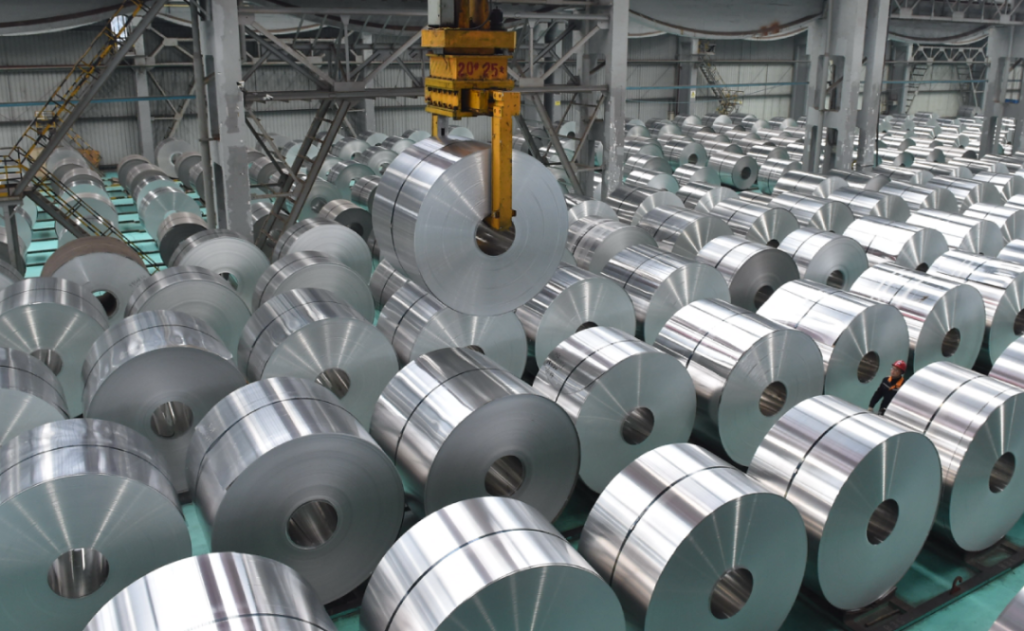Introduction
The aluminium market is currently at a critical juncture, experiencing a marginal gain of 0.1%, with prices settling at 197.75. This subtle yet significant shift is largely attributed to concerns over a potential nationwide strike in Guinea, a pivotal bauxite-producing region. The looming uncertainty adds a layer of complexity to the aluminium supply chain, influencing market sentiment and price trends.
Market Drivers
Guinea’s potential strike poses a direct threat to bauxite production, potentially disrupting the global aluminium supply chain. This situation is exacerbated by the gradual recovery in demand from downstream aluminium companies, setting the stage for a tense equilibrium between supply constraints and demand resurgence.
Demand Dynamics
As production resumes and the effects of seasonal changes dissipate, the aluminium market is poised for short-term consumption improvement. This period, marked by the end of adverse weather conditions and the onset of the peak season, heralds a promising phase for aluminium demand.
Supply Chain and Price Influences
The aluminium market’s current state is characterized by low inventory levels, with weak inventory growth offering some price support. However, the recent increase in aluminium stocks in Shanghai Futures Exchange warehouses and China’s boosted output in January present nuanced challenges to price stabilization. Moreover, the opening of the aluminium ingot import window could further limit upward price movements.
Technical Analysis and Market Sentiment
Technical indicators reveal a market ripe with fresh buying, evidenced by a 2.2% increase in open interest. The analysis highlights critical support at 197.1, with potential resistance at 198.4. These figures serve as key benchmarks for market participants, influencing trading strategies and investment decisions.
Future Outlook
The interplay of recovery in consumption, supply chain disruptions, and inventory dynamics will be instrumental in shaping aluminium price trends. With domestic aluminium companies expected to maintain steady operations, the market outlook remains cautiously optimistic, albeit contingent on evolving geopolitical and economic factors.
Conclusion
The aluminium market is navigating through a period of significant uncertainty and opportunity. By understanding the intricacies of market drivers, demand dynamics, and supply influences, stakeholders can better position themselves in this volatile landscape. As we look ahead, the resilience and adaptability of the aluminium industry will be key to overcoming challenges and capitalizing on emerging opportunities.

